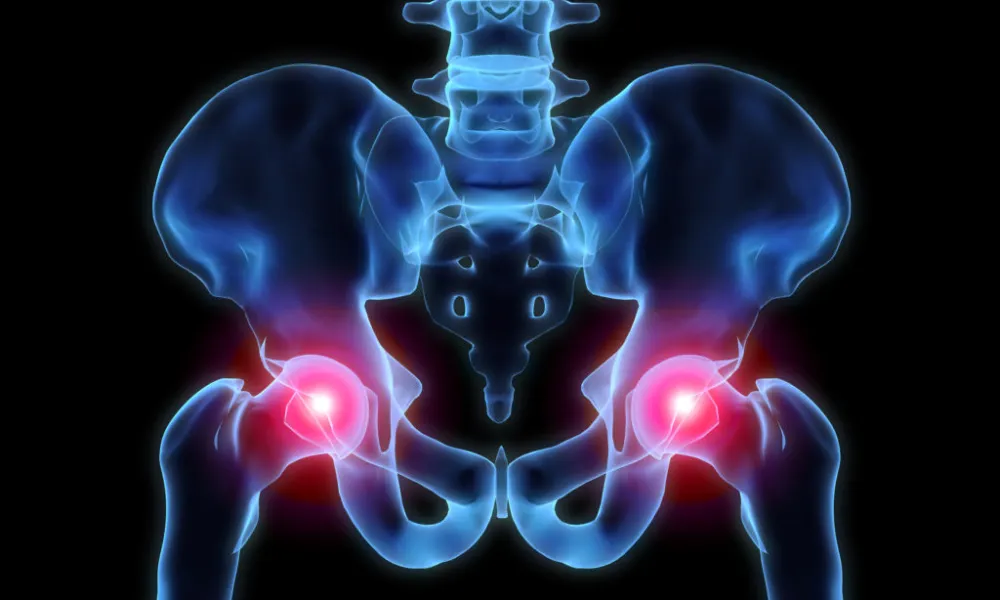
Options for Bearing Surfaces in Total Hip Replacement
Options for Bearing Surfaces in Total Hip Replacement
There are several options for bearing surface combinations in total hip replacement. Fortunately, all of these options have very good track records and each bearing brings its own pluses and minuses. By far, the most commonly used bearing in the United States today is a cobalt chrome head against a highly cross-linked polyethylene (plastic) insert. This is used in approximately 80% of cases performed. More and more frequently ceramic heads are being used in place of metal heads due to theoretical advantages in wear characteristics.
Occasionally the ceramic on ceramic alternative is used, most commonly in the very young patient. This has an extremely low wear rate but has a documented squeak phenomenon, ranging from 2-7%. The etiology of squeaking is not entirely clear but seems to be multi-factorial, including implant design, surgical technique, and material. Further study will help delineate the most important factors involved in squeaking.
Due to a series of adverse tissue reactions see across the United States and well documented implant recalls, metal-on-metal alternative bearing surfaces are not routinely used in by our doctors. We do care for patients with medal on metal bearing surfaces and monitor their clinical progress as most continue to do well with these implants.
You should discuss your options with your surgeon and decide which bearing combination is right for you.
For more information, please visit our hip replacement page.
Our Providers
-
Additional Resources
- Hip Replacement Overview
- Hip Replacement Implants
- Hip Replacement Guide To Surgery
- Getting Ready Before Hip Replacement Surgery
- Hip Replacement: The Day of Surgery
- Hip Replacement: Home Instructions
- Hip Replacement FAQs
- Hip Replacement
- Options for Surgical Approaches in Total Hip Replacement
- Total Hip Replacement Surgery: The Process
- Total Hip Replacement: Post-Op Resources
- Hip and Knee Replacement Videos



